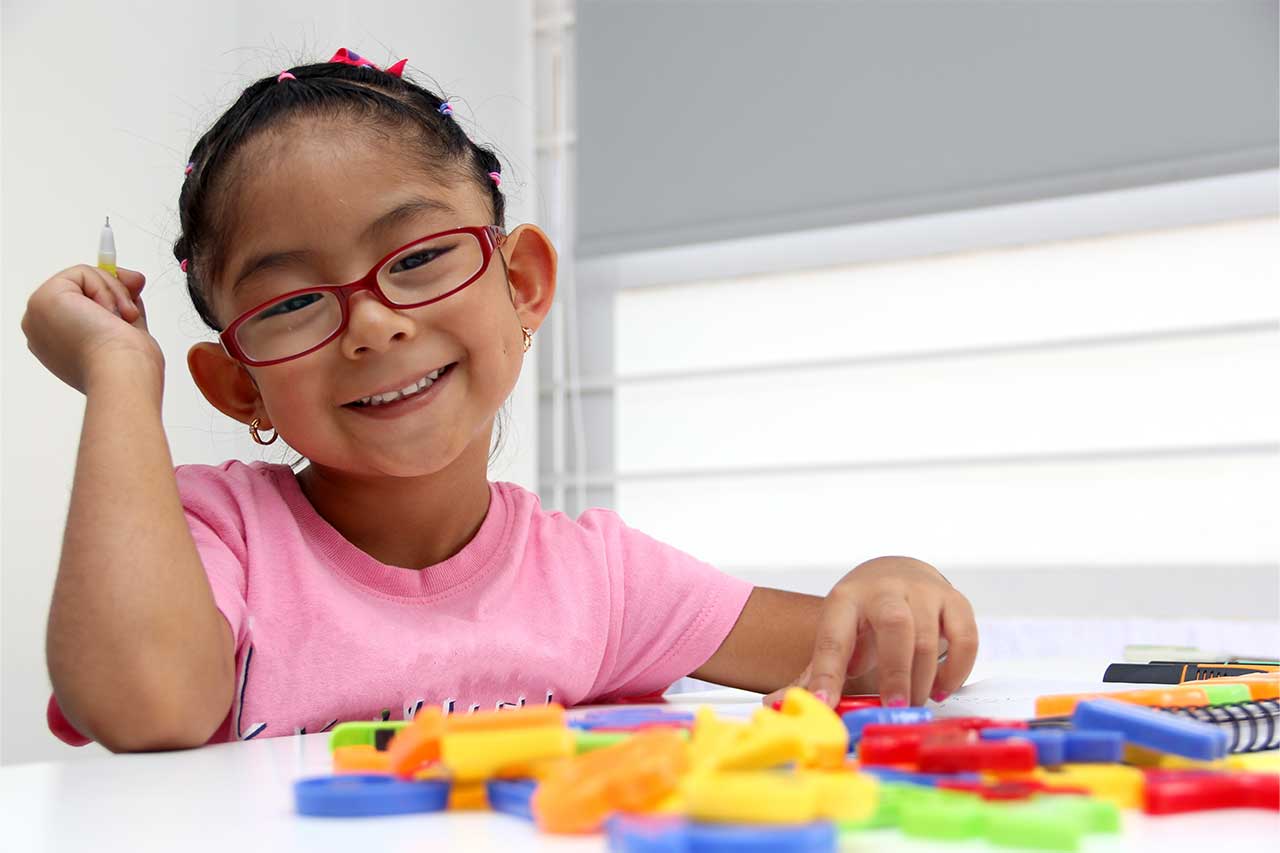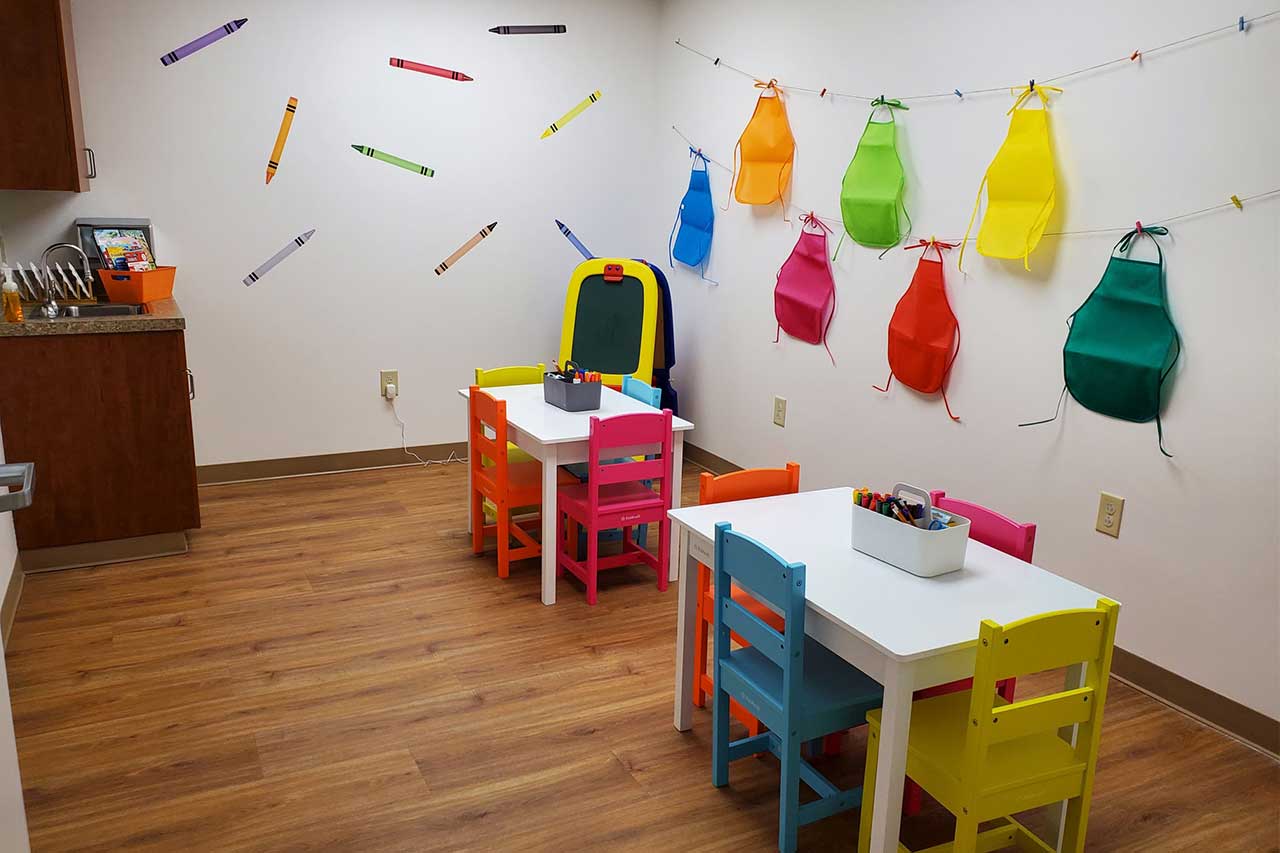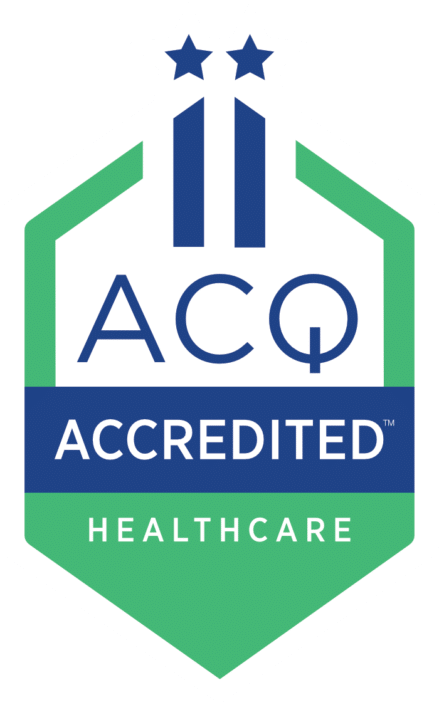Why Is Early Intervention for Autism Important?
It’s unclear if autism rates are universally rising, if greater awareness and standardized assessment have revealed the global prevalence of autism, or both. Regardless of which scenario is correct, we do know that autism diagnoses are higher than ever: 1 in 36 children have autism according to 2020 statistics published by the CDC (Centers for Disease Control & Prevention).
We also know that early diagnosis and intervention play a vital role in paving the way for optimal development and improved outcomes for autistic learners. By engaging in targeted support and specialized therapies during the critical early years, children with autism can better navigate challenges and unlock their full potential.
Let’s take a closer look at the importance of and success rate of early intervention with autism, consider some treatment options for autistic learners, and explore the Building Bridges program at A Bridge to Achievement.

When Is Autism Diagnosed?
Autism can be diagnosed at any age, but most frequently a parent, caregiver, teacher or pediatrician will observe potential developmental delays when autistic learners are children. Some children express tell-tale signs as early as 12 to 18 months or earlier, but most are a bit older. Others are a lot older – even adults can be diagnosed with autism. Autism Spectrum Disorder (ASD) manifests differently in every individual.
Some of the most common signs of autism seen in children include:
- Lack of eye contact
- Not responding to their name
- Not using and/or interpreting gestures, such as pointing, waving
- Repeating words, phrases, or sounds
- Delays in speech
- Lining up items
- Engaging in repetitive movements, such as spinning, rocking, flapping
- Resistance to change in routine or the environment
- Sensory sensitivities, such as bright lights, loud noises, textures
- Lack of interest in reciprocal or social play
How Is Autism Diagnosed?
If you suspect that your child may have autism, you can self-refer to your practice of interest by directly requesting services, or get a referral to a clinical practice from a healthcare provider. A psychologist or developmental pediatrician will conduct a holistic series of assessments using a variety of diagnostic tools, including:
- Autism Diagnostic Observation Schedule – Second Edition (ADOS-2), Autism Diagnosis Interview – Revised (ADI-R), Childhood Autism Rating Scale (CARS), Gilliam Autism Rating Scale – Second Edition (GARS-2)
- Additional assessment tools, as needed, to determine cognitive or adaptive skills
- Parent and/or caregiver interview
- Direct observation
With research demonstrating that early diagnosis and intervention have major long-term, positive benefits for children, the sooner these assessments can be administered the better.
What Is The Importance of Early Intervention with Autism?
Our youngest years are a critical period for brain development. An early autism diagnosis enables intervention at a time when neural connections are rapidly being formed. Rather than latent skills development or regression of skills, early intervention promotes the practice and progression of such skills as:
- Language acquisition
- Gross and fine motor skills
- Social skills
- Behavior regulation
- Coping skills
- Sensory processing
- Cognitive function
- Attention and memory
- Problem-solving skills
- Academic abilities
- Daily living skills
Evidence indicates that children who receive early intervention services, i.e. during the preschool years, demonstrate better long-term outcomes compared to those who receive interventions at later stages.
Early intervention has been shown to increase school readiness, bolster confidence and independence, enhance overall quality of life, and, later, may promote attendance of mainstream education classes, lead to higher rates of employment, and reduce the need for long-term support.
Less frequently highlighted, but exceedingly important, is heavy emphasis on toilet training as part of an early intervention plan. Learners who need less support in the bathroom have less chance of abuse across all settings in their life.
Which Intervention for Autism Is Considered Most Effective?
Early intervention programs employ various evidence-based practices tailored to the specific needs of each child. The most popular, and considered the most successful, treatment for autism is Applied Behavior Analysis (ABA) therapy. ABA therapy breaks tasks down into small, manageable steps in order to teach new skills and reinforce desired behavior. Oftentimes, a multidisciplinary approach is taken, meaning other treatments, such as Speech Therapy (ST) and Occupational Therapy (OT), are used in concert with ABA.

The Building Bridges Program
The Building Bridges Program at A Bridge to Achievement’s learning centers is a fun, preschool alternative and Kindergarten readiness program for autistic learners between ages three to six. Learners attend Monday through Friday for an average of 30 intervention hours weekly.
Every student works 1:1 with a Registered Behavior Technician (RBT) across the day, addressing a variety of goals established by their Board Certified Behavior Analyst (BCBA) and family, and receiving individualized ABA therapy in a group setting. We use an assent-based, trauma-informed approach in a highly structured environment with predictable routines, helping early learners progress toward skills development and thrive in their success.
Some common goals among our early learners include:
- Manding (Requests): Asking for help, requesting materials, manding to peers
- Listener Responding: Following directions, responding to name
- Tolerance: Sitting in an assigned place, waiting for preferred items
- Social Skills: Taking turns, greetings, peer interactions
- Daily Living Skills: Hand washing, brushing teeth, toilet training
- Discrete Trial Training (DTT) Skills: Matching, Sorting, Labeling,Imitation
Learn more about the Building Bridges program and if it’s right for your early learner by connecting with us! We have three locations – one near Pineville and one in the University Area in Charlotte, and a third in Winston-Salem. Support starts here.





